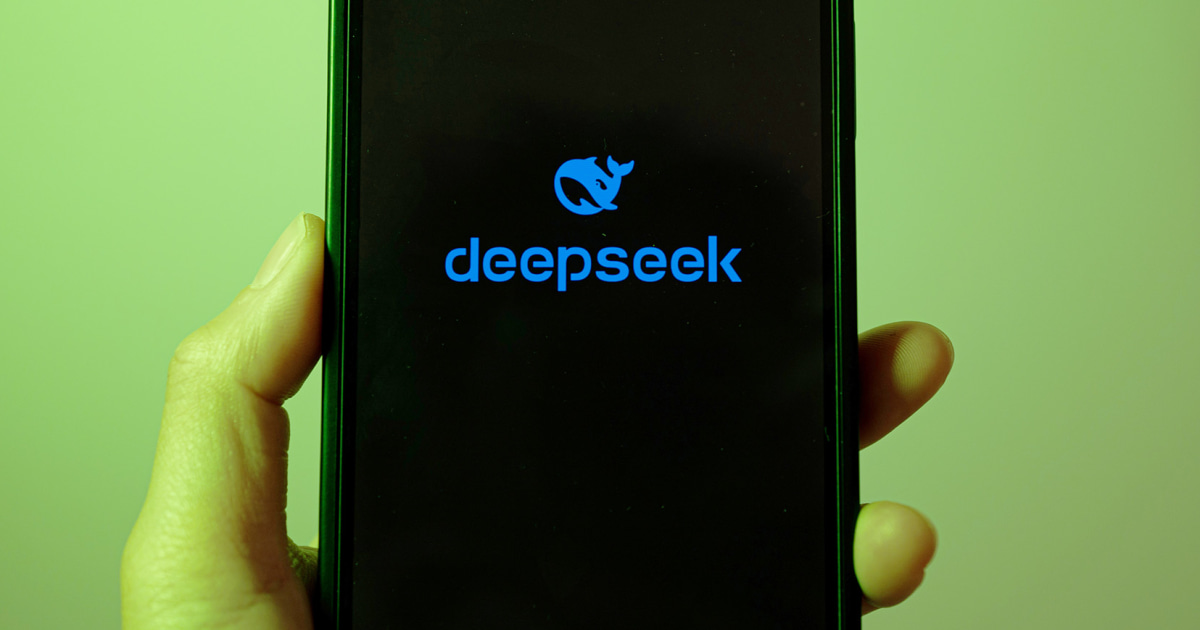China’s DeepSeek: A Beacon of AI Innovation in a Restrictive Landscape
As geopolitical tensions rise and the United States intensifies its restrictions on artificial intelligence (AI) technologies, China’s DeepSeek has emerged as a groundbreaking symbol of resilience and innovation. This development not only highlights China’s unwavering commitment to advancing its technological capabilities but also raises critical questions about the future of global AI competition and the implications for international relations. In an era where AI is increasingly central to economic and military power, understanding the significance of DeepSeek is essential.
The Genesis of DeepSeek
DeepSeek is a cutting-edge AI research initiative spearheaded by Chinese tech giant Baidu. Established amidst a backdrop of intensified scrutiny and regulatory measures from the U.S., DeepSeek was designed to push the boundaries of AI research and applications, primarily focusing on natural language processing (NLP) and machine learning.
Born out of necessity, DeepSeek exemplifies how China has navigated a restrictive landscape to emerge as a formidable player in the global AI arena. The initiative aims to develop tools that can not only compete with Western technologies but also cater to the unique needs of Chinese industries and the domestic market.
Key Features of DeepSeek
DeepSeek boasts several distinctive features that set it apart from its competitors:
- Advanced NLP Capabilities: DeepSeek leverages deep learning algorithms to enhance its understanding and generation of human language, making it a powerful tool for various applications including customer service, content creation, and data analysis.
- Robust Data Infrastructure: Backed by vast datasets from Baidu’s extensive search engine and other services, DeepSeek can train its models more effectively, enabling rapid advancements in AI capabilities.
- Focus on Localization: DeepSeek emphasizes developing AI solutions tailored to the Chinese market, considering cultural nuances and language variations, which is essential in a country with diverse dialects and linguistic contexts.
Innovation Under Pressure
The landscape for AI development in China has not been without its challenges. Increased scrutiny from the U.S. government has led to significant restrictions on Chinese tech companies, particularly in the areas of semiconductor access and software development. This has prompted a shift in focus within the Chinese tech ecosystem, pushing companies like Baidu to innovate under pressure.
Despite these constraints, DeepSeek has emerged as a beacon of hope. It demonstrates the ability of Chinese companies to pivot, adapt, and innovate in response to external pressures. The initiative not only reflects the resilience of China’s tech industry but also underscores a broader trend of self-reliance in technology development.
The Global AI Race
The rise of DeepSeek is a critical component of the ongoing global AI race. As nations vie for supremacy in AI technologies, the stakes have never been higher. AI is increasingly seen as a cornerstone of economic growth, national security, and global influence. China’s advancements in this field, embodied by DeepSeek, position the country as a serious contender against traditional leaders like the United States.
Several factors contribute to this competitive landscape:
- Investment in Research: China has significantly increased its investment in AI research, establishing numerous research institutes and partnerships with universities to foster innovation.
- Government Support: The Chinese government has made AI a strategic priority, providing funding and resources to accelerate advancements and implementation across various sectors.
- Global Talent Acquisition: China is actively recruiting top talent from around the world, including scientists, engineers, and researchers, to bolster its AI capabilities.
The Implications for International Relations
The emergence of DeepSeek and its implications extend beyond the tech industry. As China continues to advance its AI capabilities, the dynamics of international relations are likely to shift. Countries may find themselves compelled to reassess their own AI strategies and collaborations.
Potential Outcomes of AI Competition
As the competition heats up, several potential outcomes may arise:
- Increased Collaborations: Countries may seek to collaborate on AI research and development, pooling resources and knowledge to remain competitive.
- Strategic Alliances: Nations may form alliances based on shared technological goals, leading to new geopolitical partnerships.
- Heightened Tensions: Conversely, the competition could also lead to increased tensions, as nations vie for dominance and control over critical technologies.
The Road Ahead
The future of AI, particularly in the context of China’s DeepSeek, is poised for significant developments. The initiative not only represents a leap forward for China but also challenges the narrative that Western countries hold an unassailable lead in technology.
As international relations evolve, the implications of China’s advancements in AI will be felt across various sectors, from trade and economics to security and diplomacy. The ability of countries to adapt to these changes will play a crucial role in shaping the global landscape.
Conclusion
China’s DeepSeek stands as a testament to the country’s resilience and innovation in the face of adversity. It embodies a strategic shift in the global AI narrative, highlighting the potential for new players to emerge in a field traditionally dominated by the West. The implications of this development extend beyond technological advancements, influencing international relations and the future of global competition.
As we look ahead, the ongoing evolution of AI technologies will undoubtedly continue to shape our world, making initiatives like DeepSeek vital not only for China’s future but for the global community at large.
See more Future Tech Daily

